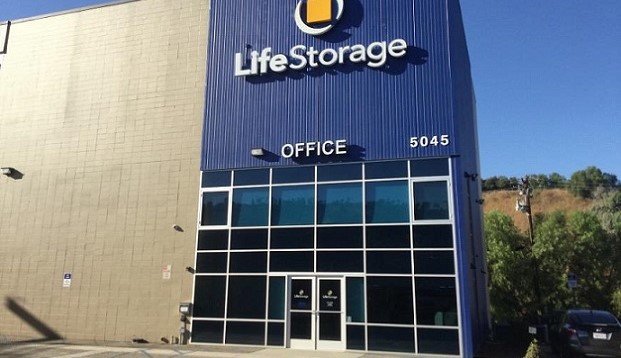
CHICAGO—The self-storage sector has grown steadily in the US for years, but big changes are afoot. The most significant recent shakeup occurred last week, when Public Storage, by far the largest of the industry's big public REITs, announced it was expanding its third-party management platform. That will put it into direct competition with other major REITs such as Extra Space Storage, CubeSmart and LifeStorage.
“It came as a shock to the industry,” Marc Boorstein, a principal with Chicago-based self-storage firm MJ Partners, tells GlobeSt.com. Public Storage, which currently has 2,608 facilities in the US and Europe, nearly double its nearest competitor, had been adamant about not doing third-party management, but then saw how beneficial it was to the other companies.
“It's led to a dramatic number of off-market acquisitions,” Boorstein says, as the other REITs used their management contracts as a way to get the inside track on a number of properties. “It's been a very successful strategy.”
In the past few years, property management has become far more important to generating value among self-storage properties. Self-storage is, in many ways, still very much a Mom-and-Pop industry, and it's been proven that the big REITs can use their scale, technology, and internet presence to boost occupancy and rental rates higher than smaller operators. And its powerful brand name, by far the most well-known, will make Public Storage a formidable challenger in the third-party property management business. The move “is a complete 180 for the biggest player in the field,” Boorstein adds.
MJ Partners just published its year-end analysis of the self-storage sector. It noted that after many years of remarkable revenue increases, overall growth has decelerated. Over the past 20 or so years, annual growth usually came in around 4%, but recently it shot up to about 7%. In 2017, CubeSmart and Extra Space Storage had revenue growth of 4.4% and 5.1%, respectively, but Public Storage's came in at 3.0%, and Life Storage's at just 1.7%.
“The good news is that there is still growth,” Boorstein says. And the data show occupancy rates for each of these REITs is now at or just above 91%. Just a few years ago, occupancy hovered in the low 80s, but the big firms now have technology that better tracks customer use and retains their business.
Best of all, each has discovered how much rental rates can go up without driving customers away. “In that way, it's a mature industry,” Boorstein says, similar to the multifamily sector. Rate increases of between 8% and 10% have become common, and most customers decide paying is much more convenient than finding and moving to another facility. “The only real competition is the dumpster.”
Want to continue reading?
Become a Free ALM Digital Reader.
Once you are an ALM Digital Member, you’ll receive:
- Breaking commercial real estate news and analysis, on-site and via our newsletters and custom alerts
- Educational webcasts, white papers, and ebooks from industry thought leaders
- Critical coverage of the property casualty insurance and financial advisory markets on our other ALM sites, PropertyCasualty360 and ThinkAdvisor
Already have an account? Sign In Now
*May exclude premium content© 2025 ALM Global, LLC, All Rights Reserved. Request academic re-use from www.copyright.com. All other uses, submit a request to [email protected]. For more information visit Asset & Logo Licensing.







